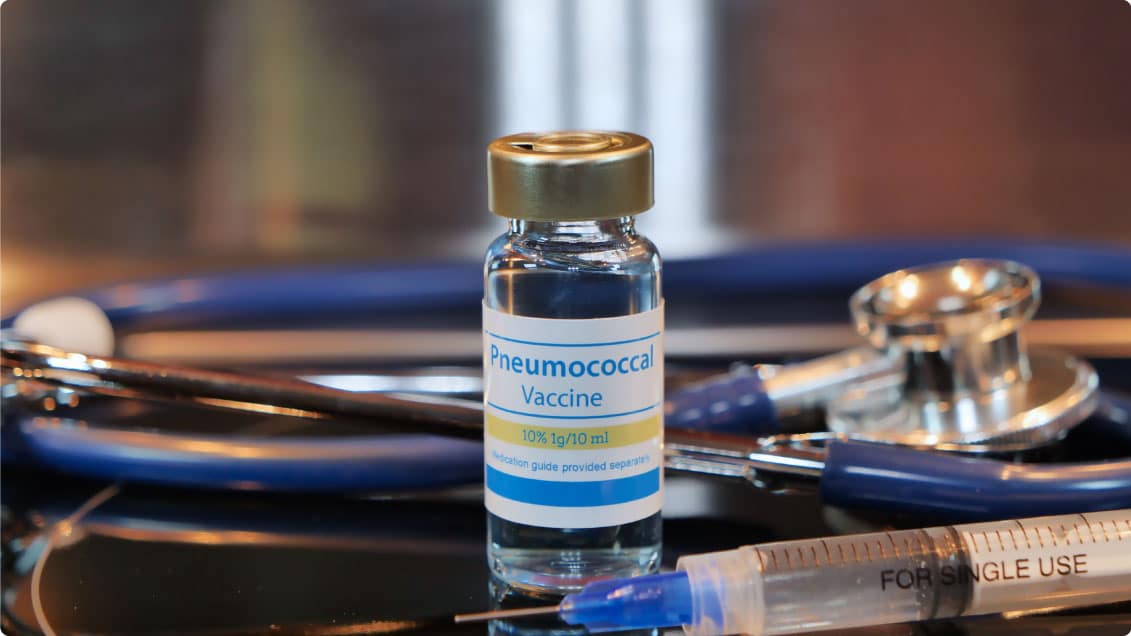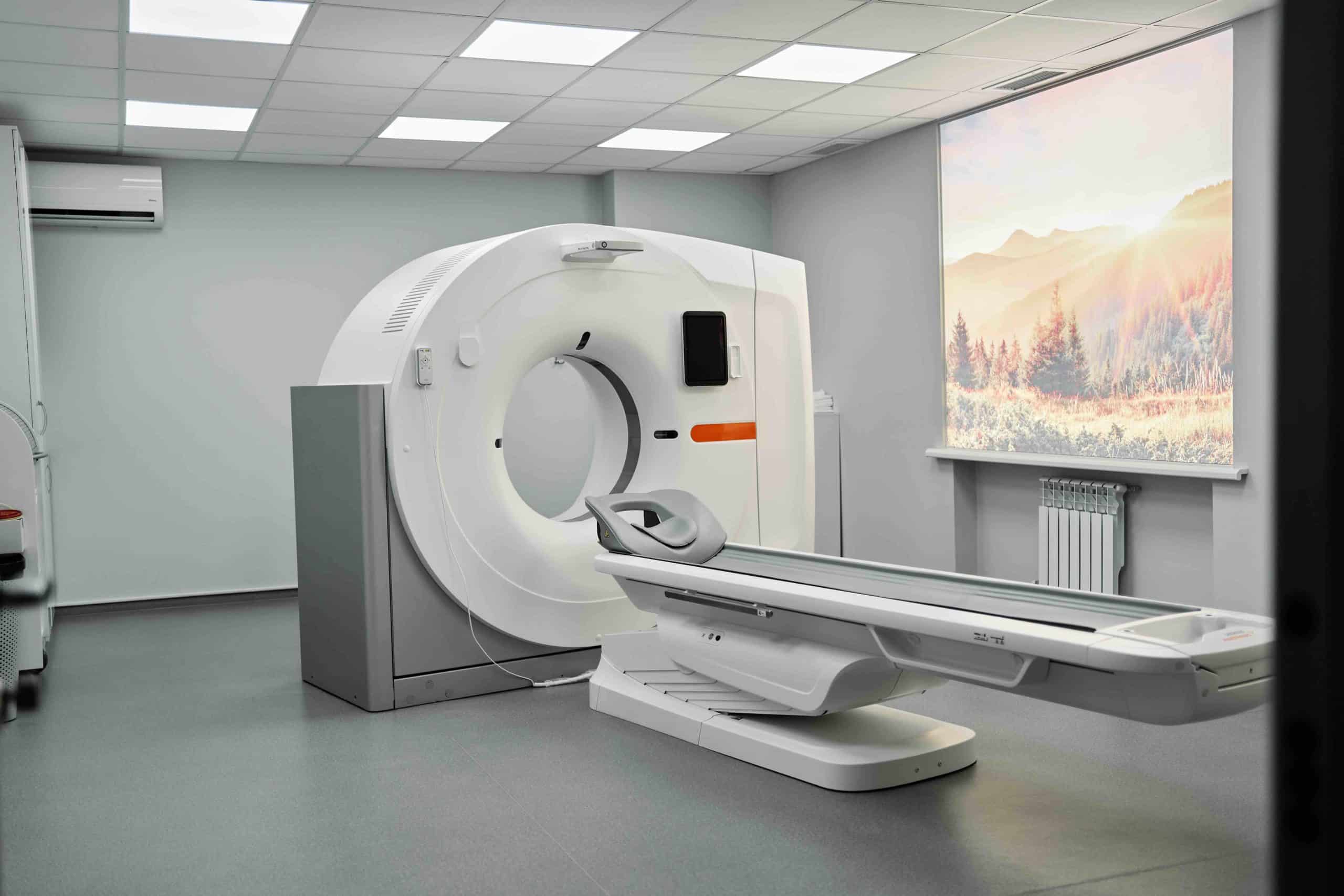If you’ve ever tried to lose weight, you know how intensely difficult it is. There are so many “experts” out there telling you what to do to shed those stubborn pounds. You probably already know that the key to losing weight is a combination of decreasing your caloric intake (diet) and increasing your calories out (exercise). But what you may not realize is that the amount of calories you burn while you’re just sitting still is a tremendous contributor to both your ability to lose weight and your ability to keep the weight off. This is called your “Resting Metabolic Rate” (RMR) or “Basal Metabolic Rate” (BMR). A decline in RMR after weight loss is felt to be one of the key reasons why many people regain the weight.
What Causes Your RMR to Drop?
Keeping your RMR high is one of the best ways to keep your weight in check. There are a few factors that negatively impact your RMR. High stress levels and a lack of quality sleep can both contribute to a low RMR. It may surprise you to learn that eating too few calories or exercising too often can also negatively affect this rate. Another factor is the decrease in hormonal testosterone in both men and women, which happens naturally as we age.
How To Increase Your RMR
If you focus on increasing your RMR throughout the day, you can pay a lot less attention to your caloric intake and stop stressing about everything you eat. You’ll naturally burn more calories throughout the day without even trying! Here are some easy ways to increase your RMR and supercharge your weight loss.
Eat a Healthy Breakfast
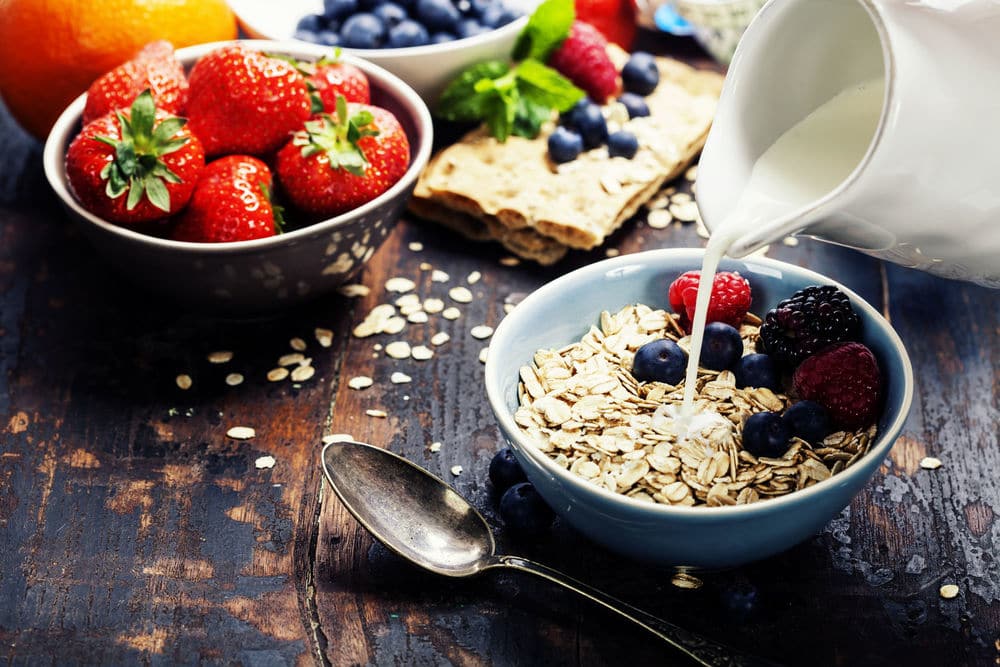
Dieticians are always saying you need to eat a healthy breakfast if you want to lose weight. And there’s a reason for this. When you are sleeping, your metabolism (and RMR) slows way down. When we eat breakfast (and break our night long fasting cycle) our body’s metabolism switches back on. Also, if you don’t eat a healthy breakfast in the morning, your body will eat away at your lean muscle tissue in order to satisfy its need for calories.
In order to get the most out of your breakfast, be sure to eat something with complex carbohydrates (vegetables, whole grains, or fruit) and protein to keep you fueled until lunch. Some good options are Greek yogurt with fresh fruit, or egg whites with vegetables.
Maintain Your Caloric Intake
This may seem counter-intuitive, but when you restrict your calories too much, your body enters survival mode and tries to hold onto the calories it gets. Your metabolism will drop as a result. Don’t let your calories drop below 1,200 in any given day, and be sure to snack throughout the day and eat small meals every few hours.
Eat More Protein
Foods that are high in protein are usually low in fat and calories. This is especially true of plant-based proteins like quinoa, black beans, tofu, and tempeh. When you increase your protein intake, your body needs to expel more energy to burn them than it would for fats and carbohydrates. This increased energy causes your RMR to increase.
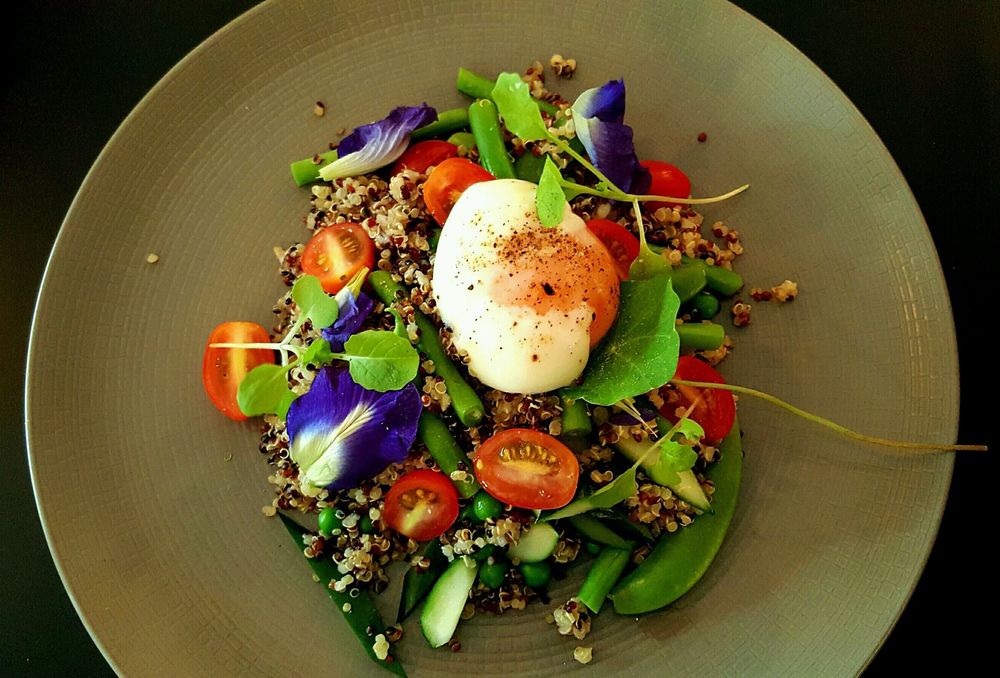
Increase Your Muscle Mass
Muscle burns more calories than fat because muscles are “high maintenance” tissues. Your body needs to expel more energy in order to maintain them because they are constantly in use. People with higher muscle mass end up burning more calories than people with low muscle mass, even when they’re just sitting still. So, add some weight lifting to your weekly gym routine.
In addition, it’s important to replace a portion of the carbohydrates (glucose) burned shortly after exercise in order to avoid your body digesting the muscle that you’ve just gained. For example, you should eat a piece of fruit or small amount of bread within 10 minutes of completing an intense exercise.
Do Interval Training to Increase Metabolism
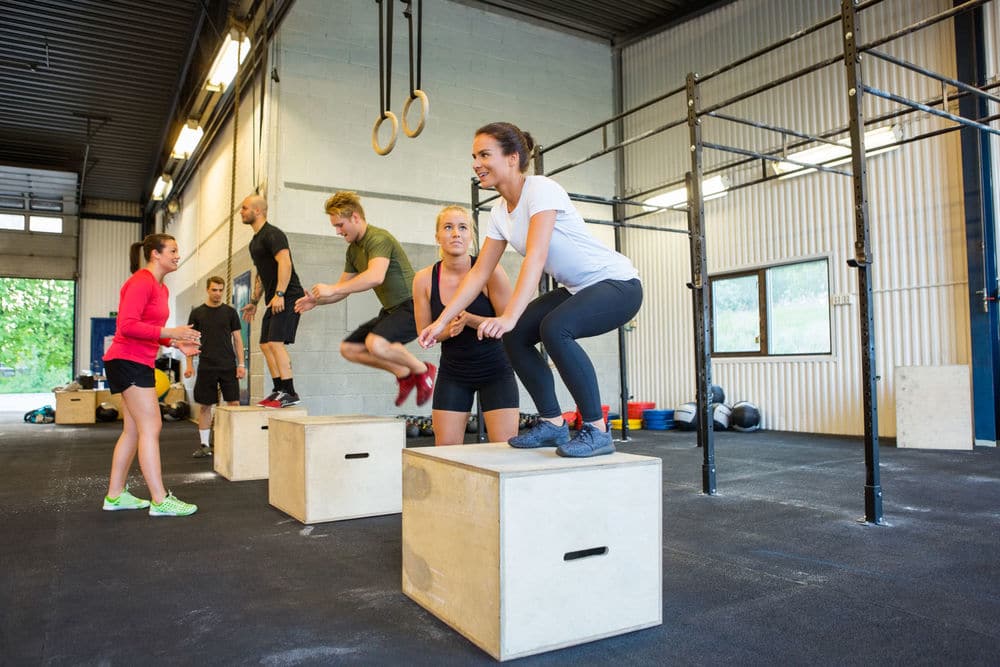
Interval training (doing short spurts of different activities in a sequence) is another great way to increase your RMR. When you do one activity for a long period of time (like running or biking) your body gets used to the motion and eventually burns less energy during the activity than when you first started. When you shift back and forth between different workouts, your body never gets a chance to get used to it, so it’s always burning peak calories for that activity. For instance, you can jump rope for three minutes, do two minutes of squats, do 15 push-ups, and then do a one-minute plank. Then, start the process over. This method can increase your RMR for up to 24-hours after your workout.
If you’re hoping to lose weight, you have two choices. You can count every calorie and risk the weight returning shortly after you lose it, or you can focus on increasing your Resting Metabolic Rate and experience sustainable, healthy weight loss. The choice seems pretty easy to me.
Dr. Clyde Wilson, nutritionist at our practice can answer your question about metabolism and help you with weight management.


